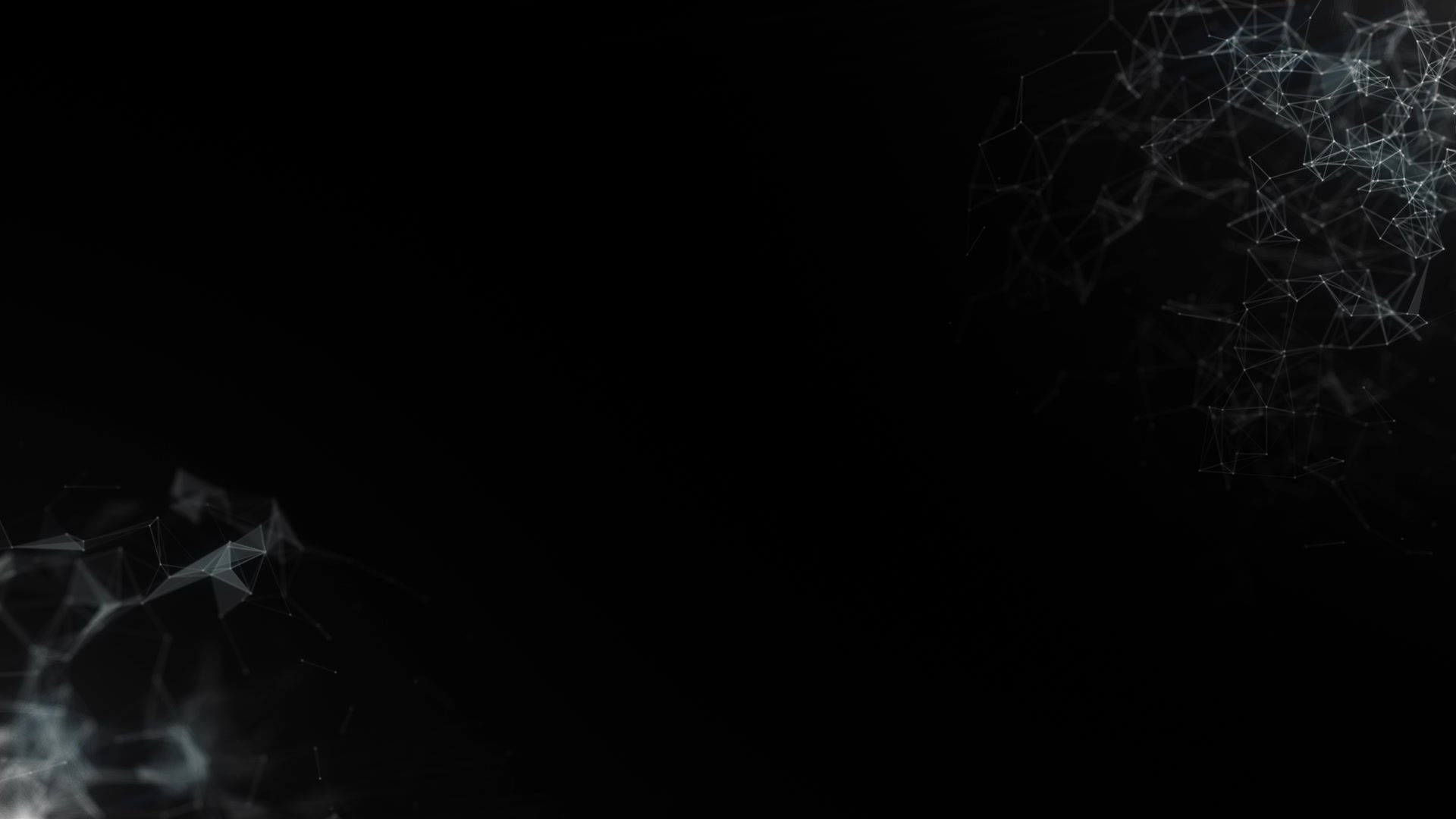
My Teaching Philosophy
I taught astronomy primarily to non-science majors. Now I serve as one of the lead docents at our local observatory where the general public comes each weekend. My goal in both settings is the same. I want them to experience a sense of awe at the night sky. I also want them to deepen their understand of the science. There is a sense of wonder that only occurs when you understand the underlying processes of what you are seeing and how those fit into a larger system.
My undergraduate background is in speech communication. You have to engage the students' interest in order to teach them. I make liberal use of anecdotes and analogies in my instruction. I love to add humor.
My favorite teaching environment is to be out under the stars in a dark site. This venue allows students to actually “touch” science in a way that a lecture or a textbook cannot. We have a “Sky Theater” at the Community Observatory (see communityobservatory.com) that consists of three concentric rings of seats where the audience reclines at an angle that allows them to easily see the sky. One of my primary roles during our public viewing sessions is to conduct the sky tours in the theater. This consists of a short introduction about subjects like the size of the universe, how the sky moves, stellar evolution, or what is new in astronomy. That is followed by using a laser pointer to help them learn the stars and planets of the season. The whole program usually lasts thirty to forty minutes followed by a question and answer session.
I also enjoy introducing the sky through a telescope. We have a variety of scopes at the observatory. My favorite is an EAA (Electronically Assisted Astronomy) 14” Celestron SCT with a Hyperstar attachment and a nice astronomy camera. The images are sent in real time to a PC and live stacked (multiple frames are combined) and displayed on a high resolution monitor. Even a large standard telescope shows deep sky objects as a fuzzy patch. This scope, however, is able to display deep sky objects in astonishing detail. There is always a group of people around the screen as the images are displayed. The role of the docent is to help them understand what they are seeing.
Project | 03 title
I'm a Paragraph. Click here to add your own text and edit me. It’s easy. Just click “Edit Text” or double click me and you can start adding your own content and make changes to the font. Feel free to drag and drop me anywhere you like on your page. I’m a great place for you to write more. Tell a story about yourself.